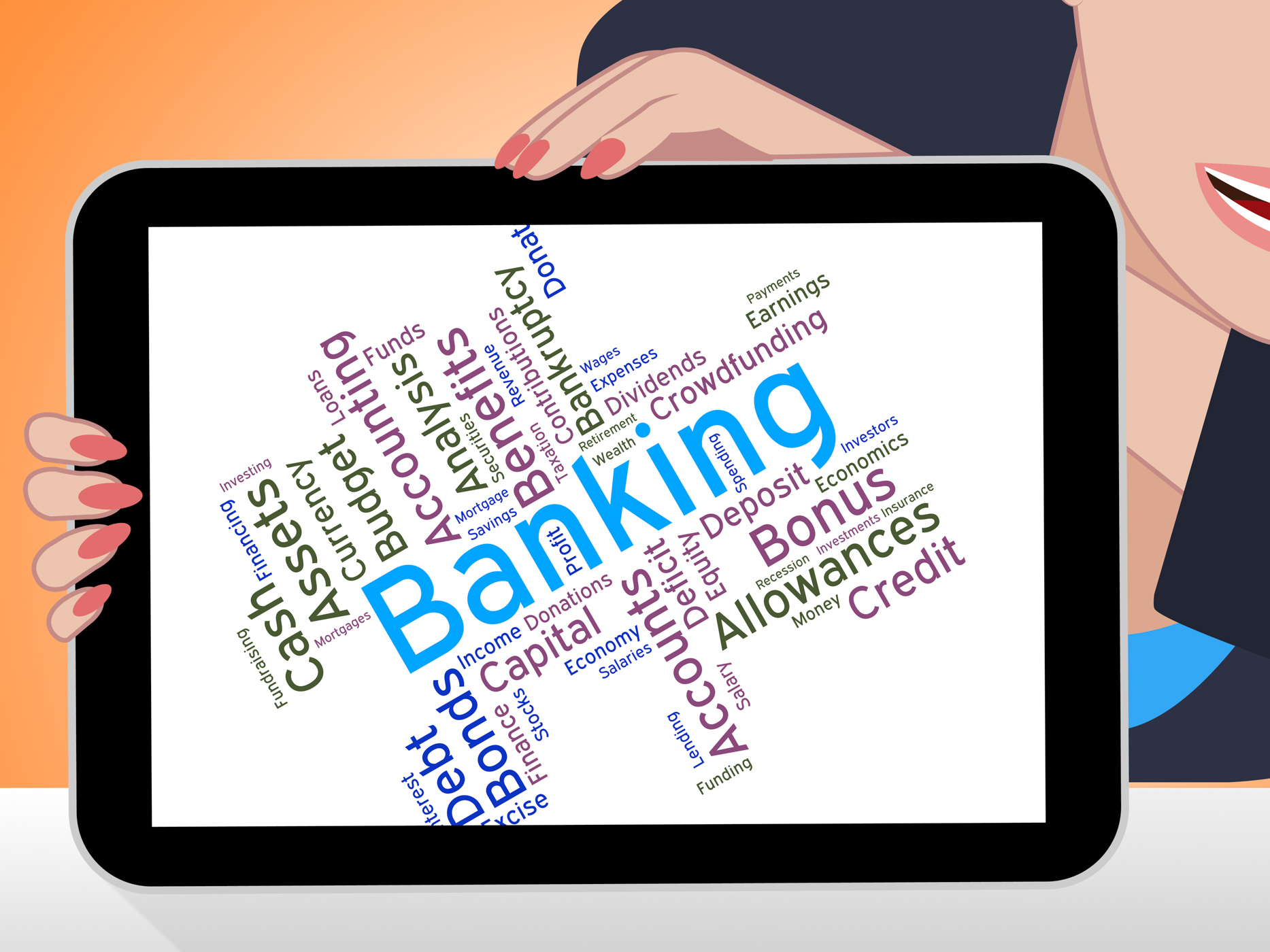In recent years, Apple has become a major player in the business world, with its innovative products and strategic marketing techniques. While many industries have been impacted by Apple’s rise to power, one that often goes overlooked is the banking industry. In this blog post, we will explore how Apple’s business strategy is affecting the banking industry and what it means for consumers and financial institutions alike. From mobile payments to digital wallets, get ready to discover how Apple is changing the game in finance!
Apple’s Business Strategy
Apple has always been known for its innovation and ability to disrupt industries. Their business strategy is centered around creating unique products that stand out from the competition. From their sleek designs to their user-friendly interfaces, Apple has created a brand that people trust and love.
One key aspect of Apple’s business strategy is their focus on customer experience. They aim to create products that not only meet but exceed customer expectations, leading to increased loyalty and repeat purchases.
Another important element of Apple’s strategy is vertical integration. By controlling everything from hardware design to software development, they can ensure a seamless user experience across all devices and services.
Apple’s marketing prowess cannot be overlooked. Their iconic campaigns have helped establish them as a leader in the tech industry, while also creating an emotional connection with consumers.
It’s clear that Apple’s business strategy has played a significant role in their success over the years. As we’ll see next, this approach has had major implications for the banking industry as well.
The Banking Industry
The banking industry has been around for centuries, and it plays a massive role in the economy. Banks are responsible for providing financial services to individuals, businesses, and governments. They offer savings accounts, loans, credit cards, and other essential services that help people manage their money.
Over the years, banks have faced many changes due to technological advancements. Online banking is now widely available across the world’s developed countries; consumers can access their bank accounts online or through mobile applications. This convenience has made banking more accessible than ever before.
However, with Apple’s entry into the financial sector, things could change dramatically. The tech giant has disrupted various industries over the past decade and continues to dominate markets worldwide with its products and services.
Apple may be looking at ways to infiltrate further into the finance industry by offering its customers new payment options via Apple Pay or even introducing a digital wallet service like Venmo.
The impact of this move on traditional banks remains unclear as they face intense competition from tech companies like Amazon who have entered into partnerships with traditional banks such as JPMorgan Chase & Co., Citigroup Inc., etc., to offer consumer lending products underwritten by those institutions while also planning fintech projects of their own.
Innovation within any industry brings both opportunities and challenges; however,
the banking sector must continue evolving if it wants to stay competitive against innovative companies like Apple. As technology advances further into our daily lives – including how we handle our finances – we should expect significant changes in how banks operate going forward.
The Impact of Apple’s Business Strategy on the Banking Industry
Apple’s business strategy has had a significant impact on the banking industry, disrupting traditional banking practices and forcing banks to adapt to new technological advancements. Apple Pay, for instance, has revolutionized the way consumers make payments by enabling them to pay with their mobile devices quickly and securely. This move away from physical payment methods such as cash or cards has forced banks to reconsider how they approach customer transactions.
The rise of fintech companies like Apple Pay also presents a challenge for traditional banks in terms of maintaining customer loyalty. With easy-to-use digital platforms that offer attractive features like personalized budgeting tools and low fees, customers are increasingly drawn towards these alternative financial services providers.
Apple’s investment into creating its own credit card further highlights the company’s ambition to disrupt the banking sector. The Apple Card offers an intuitive user experience along with attractive rewards programs while leveraging data analytics and machine learning algorithms to help users make informed decisions about their spending habits.
It is clear that Apple’s business strategy is having a profound effect on the banking industry by promoting innovation and transformation in long-established practices.
Conclusion
Apple’s business strategy has had a significant impact on the banking industry. By leveraging their technology and brand power, they have been able to offer innovative financial products that cater to the needs of consumers. The introduction of Apple Pay has transformed the way people make payments, while Apple Card offers a unique blend of simplicity and security.
The banking industry must adapt to these changes if they want to remain competitive in the market. It is not enough for banks to simply provide customers with traditional financial services; they need to embrace technology and create new solutions that meet current consumer demands.
Apple’s entry into the financial sector serves as a wake-up call for banks around the world. Companies like Apple are setting a new standard for innovation and customer experience in finance. The banking industry must follow suit or risk being left behind in an ever-changing landscape.
It is clear that Apple’s influence extends far beyond just smartphones and laptops – their business strategy is affecting industries across the board, including finance. As we move forward, it will be interesting to see how this trend continues and what other innovations emerge from both tech giants and traditional banks alike.










